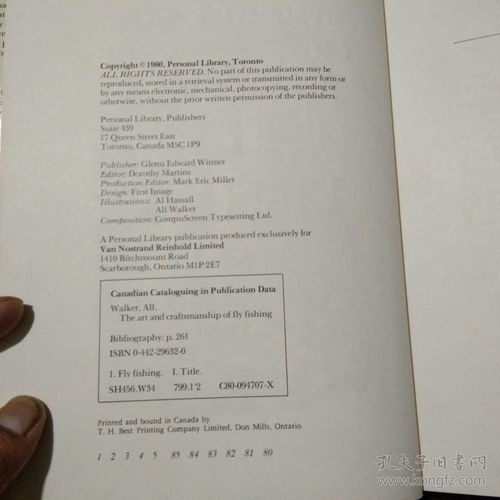The Art of Precision: How to Perfect Your Fishing Rod Casting Techniques
Fishing, an age-old pastime, is not just about patience and luck; it's also about skill and precision. One of the most crucial skills in fishing is mastering the art of casting. Whether you're targeting sleek salmon in the ocean or serene trout in a mountain stream, the ability to cast your line accurately can make the difference between a successful catch and a frustrating day on the water. In this article, we'll delve into the ins and outs of fishing rod casting techniques, offering tips and tricks to help you improve your accuracy.
Understanding the Basics
Before diving into the nuances of casting, it's essential to understand the basic components of a fishing rod and how they work together. A fishing rod is made up of several parts: the handle, the blank (the long, flexible rod part), guides (which help the line move smoothly), and the tip (the most sensitive part of the rod). Each component plays a role in the casting process.
Choosing the Right Rod
The first step in mastering accurate casting is selecting the right rod for your fishing style and environment. Rods come in various lengths, actions (how quickly the rod loads and unloads), and materials. For beginners, a medium-action rod that is 6 to 7 feet long is often recommended. It's versatile enough for most freshwater fishing situations.
Preparation is Key
Before you even pick up your rod, preparation is key. Begin by ensuring that your line is properly tied to the reel and that the reel is wound with the right amount of line. Next, check that your hooks are sharp and that you have the right bait or lure for the fish you're targeting.
The Casting Process
Hold the Rod: Grip the rod with a comfortable, yet firm, handshake. The index finger should be on the reel seat for better control.
Load the Rod: The rod needs to be loaded with line and weight to cast effectively. This is done by lifting the rod tip and then quickly lowering it back down. The rod will bend as you lower it, storing energy in the blank.
Point the Rod: Point the rod tip at your target and maintain a slight bend in the rod. This will help you feel the weight of the lure and the line as you cast.
Backcast: Bring the rod back over your head in a smooth, continuous motion. As you do this, your line should begin to unwind from the reel.
Power the Cast: Once the line is fully out, bring the rod forward with a quick, powerful motion. The energy stored in the rod will propel the line and lure forward.
Follow Through: After the cast, continue to move the rod forward to ensure that the line and lure are fully deployed. Keep the rod tip pointing towards the target to maintain accuracy.

Fine-Tuning Your Technique
Practice: Like any skill, casting requires practice. Spend time casting in different directions and distances to get a feel for the mechanics.
Adjust for Wind: Wind can be a significant factor in casting. If it's blowing strongly, consider using a longer cast or a different casting technique to counteract the wind.
Focus on Timing: Timing is crucial in casting. The key is to release the line just as the rod reaches the peak of its forward motion.
Use Different Casting Styles: There are various casting styles, such as the overhead cast, sidearm cast, and roll cast. Each has its strengths and is suitable for different situations. Familiarize yourself with each to have more options on the water.
Experiment with Lures: Different lures require different casting techniques. Experiment with various lures to understand how each affects your casting.
Conclusion
Accurate casting is an essential skill for any angler looking to improve their fishing experience. By understanding the basics, choosing the right equipment, and practicing your technique, you can become a more precise caster. Remember, the key to mastering the art of casting is patience, practice, and a willingness to learn from each cast. With time, you'll find that your accuracy on the water will improve, leading to more successful fishing trips and countless memories on the water.












